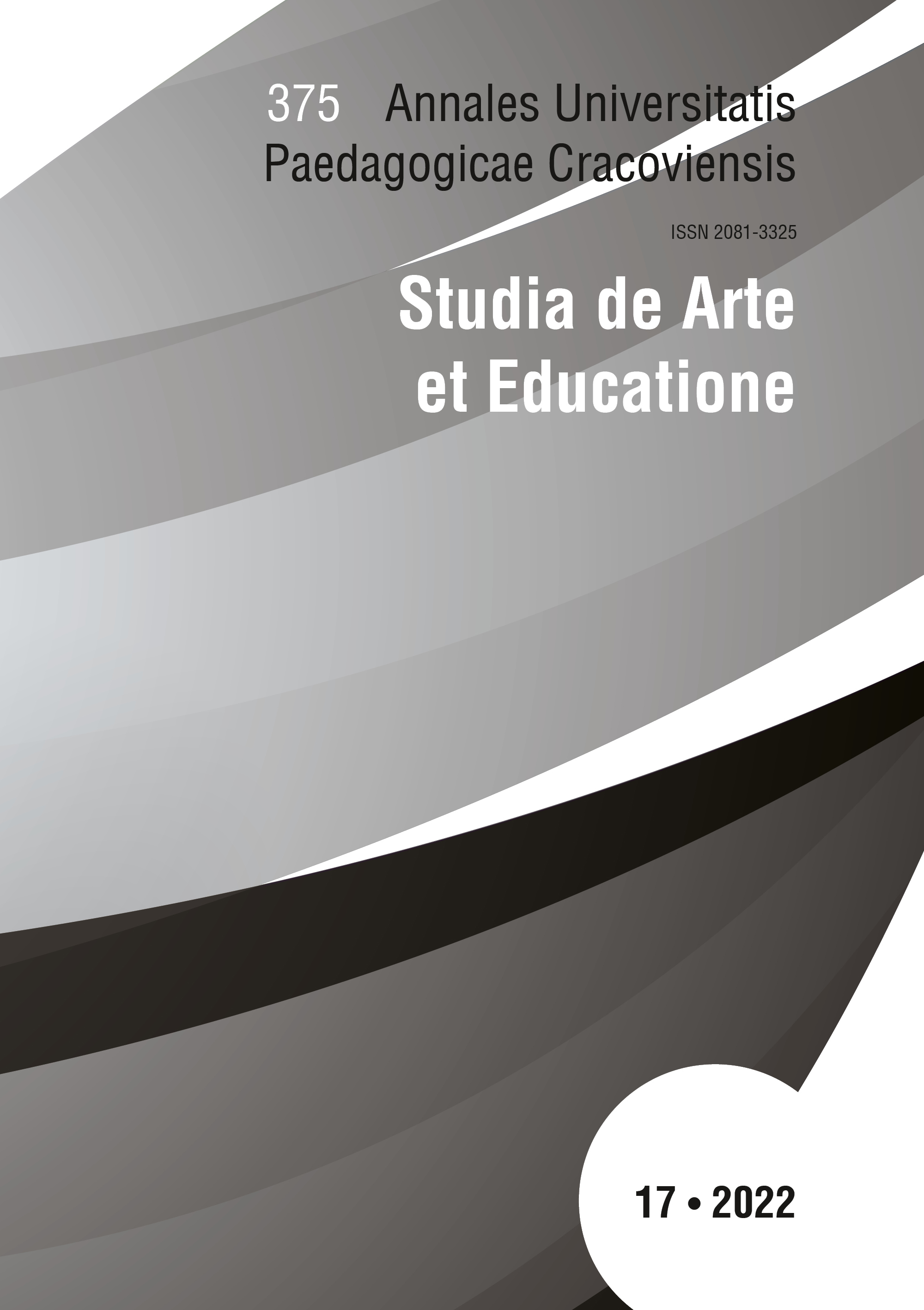The re-construction of urban space in the place between art and architecture: Selected paradigms of in situ art of the period 1950–2000
Main Article Content
Abstract
This study investigates in situ art of recent art history and its potential regarding the reconstruction of public space and its meanings. Paradigms of art and architecture conjugation in site specific interventions are examined with a view to answer questions such as the transformative role art can play when it constitutes a plastic phenomenon functioning in a complementary or reactive way as a part of the urban and social space. In situ’s art sculptural objects, due to their transitional form, serve as metaphors for space and time and their condition of constant change in the everyday life of the city. They constitute a physical input in the urban space that seeks to redefine its material boundaries and highlight the interaction between the individual and the city seen as an incomplete entity in a constant re-casting. Through the practice of repetition and movement, sculptural objects are put in dialogue with the objects we come into contact daily, taking part into a new aesthetic reality. It is about a process of re-configurating of the everyday aesthetics of the city, challenging the relationship between art and architecture and thus offering new modes of spatialisation. By examining specific paradigms from the in situ art of the second half of the twentieth century (e.g. Aldo Van Eyck, Daniel Buren, Rachel Whiteread), this paper, seeks to unveil the process of activating the coexistence of the visible and the invisible, the inside and the outside, the private and the collective that this specific artistic process offers in material terms. The main question that this paper seeks to answer is how in situ art- e specially when oscillating between art and architecture- affect the everyday flow of the undifferentiated space and time? How does it shape the coexistence and interaction between city’s objects and subjects? Which alternative – discursive – reality does it offer?
Article Details
Wydawca „Annales Universitatis Paedagogicae Cracoviensis. Studia Poetica” jest upoważniony do korzystania oraz do rozpowszechniana wszystkich opublikowanych w czasopiśmie materiałów na podstawie umowy licencji niewyłącznej nieograniczonej w czasie - zawartej uprzednio na czas nieoznaczony każdorazowo z autorem/ką konkretnego utworu na określonych w tamtejszej umowie polach eksploatacji.
